March of the Machines New Mechanics
MARCH OF THE MACHINE MECHANICS
Feature Mar 29, 2023
Matt Tabak
The glory of Phyrexia is marc...
Commander Legends Battle for Baldur's Gate Mechanics
The beloved adventure of Dungeons & Dragons returns to Magic once more in Commander Legends: ...
New Capenna Mechanics
STREETS OF NEW CAPENNA MECHANICS
Posted in Feature on April 7, 2022
By Matt Tabak
BioArchive...
Kamigawa Variants
KAMIGAWA: NEON DYNASTY VARIANTS
Posted in Card Image Gallery on December 25, 2021
By Wizards ...

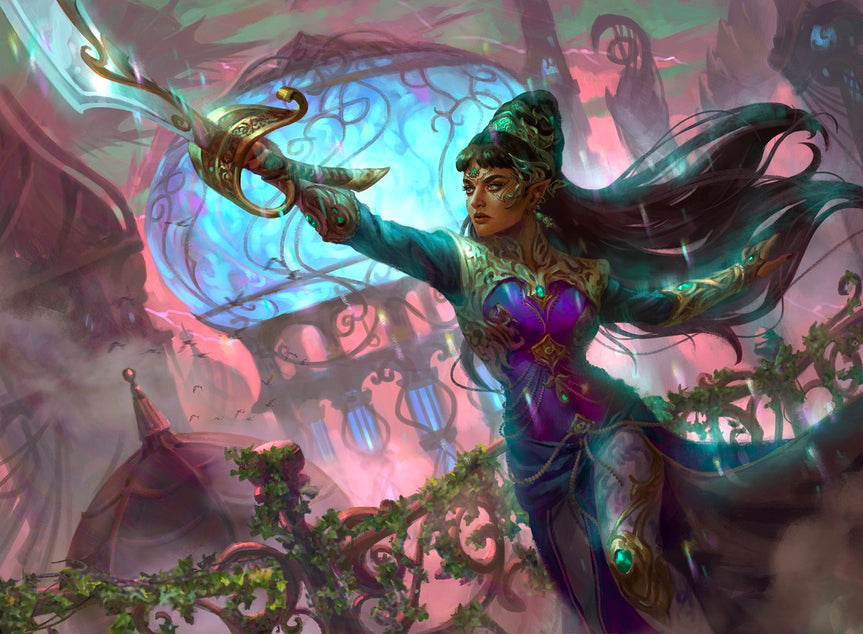
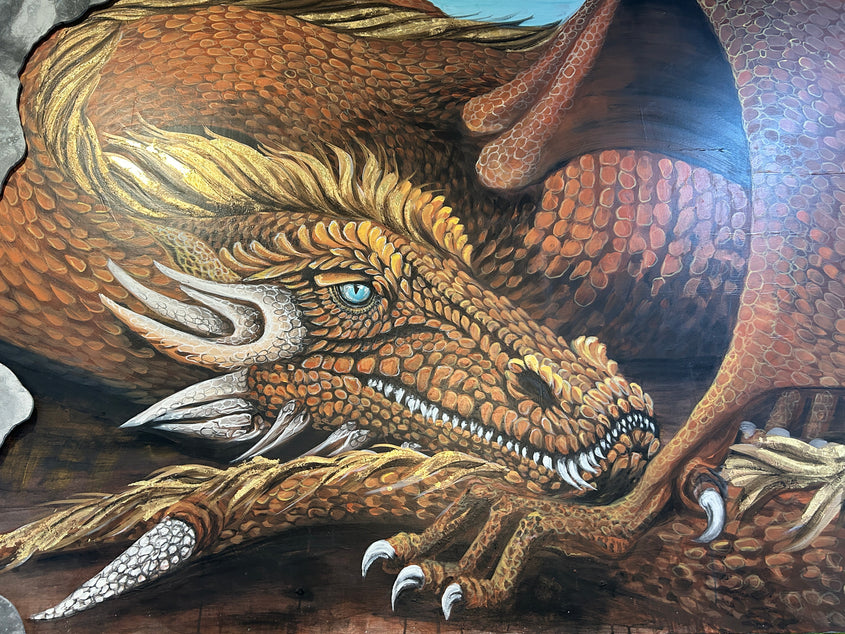
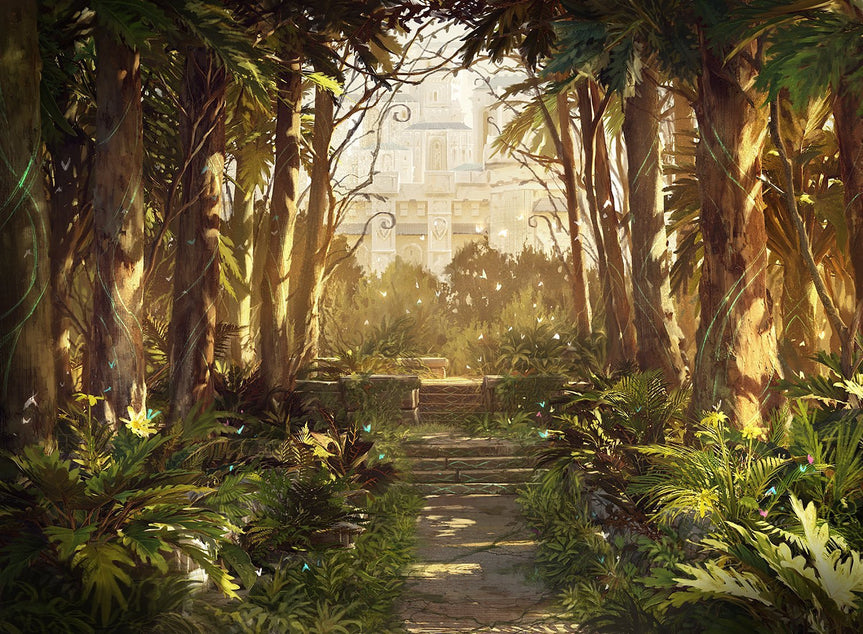
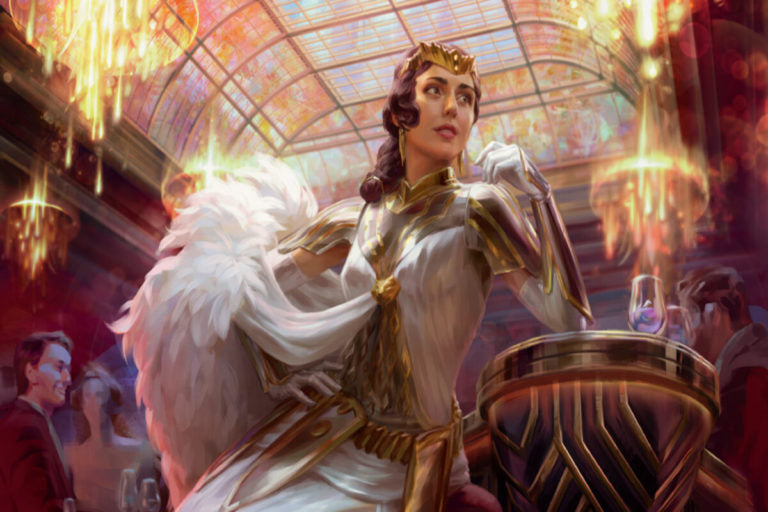
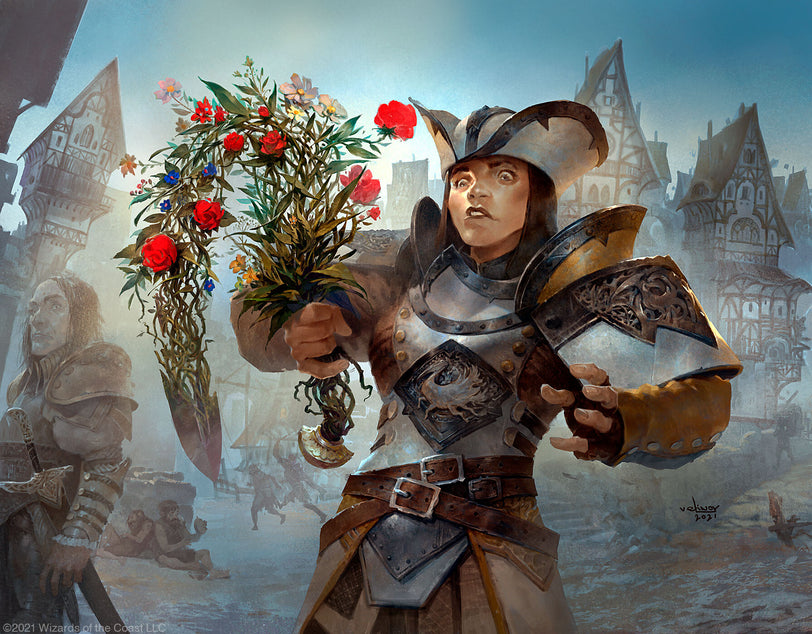
 '
' '
' '
' '
' '
'